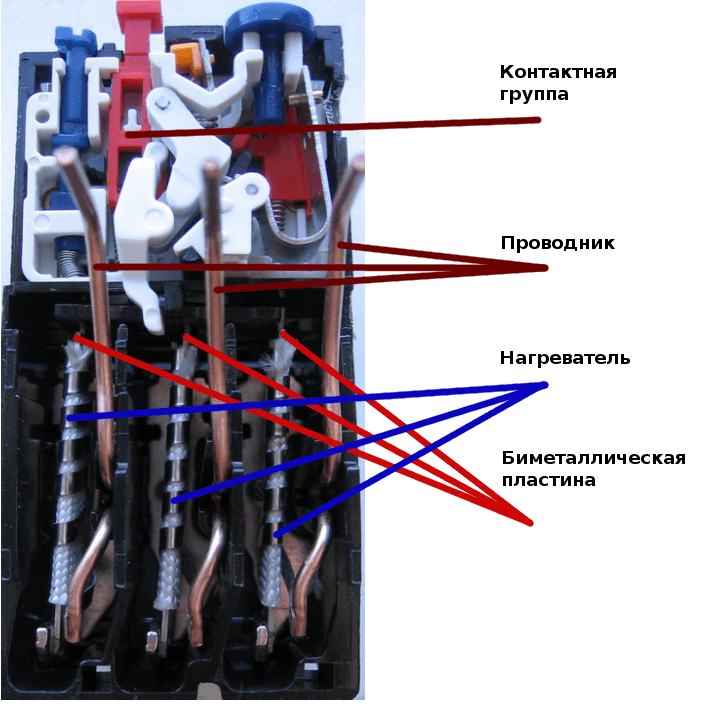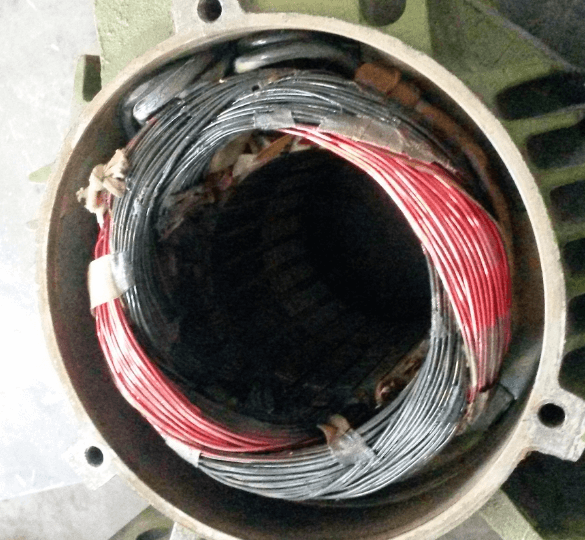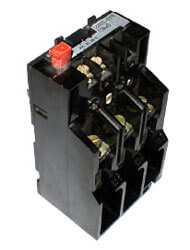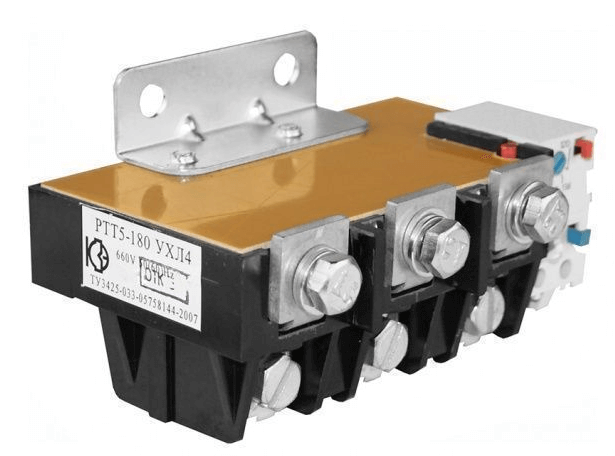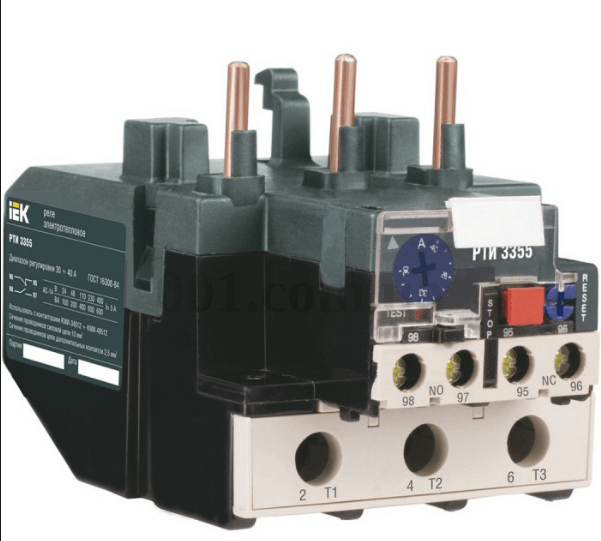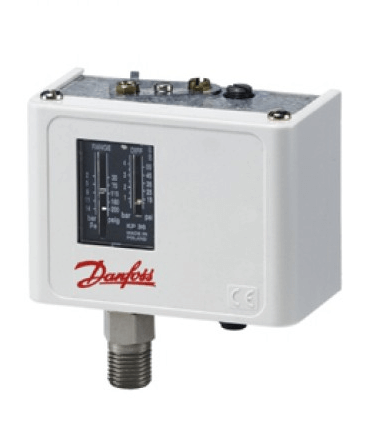Sections of the site
Editor's Choice:
- How to unlock ariston washing machine
- Pros and cons of LED lighting
- Pulse relay: device and connection
- How to calculate the illumination of a room with LED lamps?
- Plastic box - do-it-yourself aesthetic view of electrical wiring
- Electricity consumption of a warm floor: electric and film
- Installing a pump in a well: how to properly install pumping equipment
- Electrician Toolkit Overview
- How to choose a water heater: the most complete list of evaluation criteria
- 1 acoustics on the example of Sven SPS-860 and Realtek ALC889 codec
Advertising
| What is a thermal relay and what is it for? |
|
One of the protective devices used in electrical installations is a thermal relay, which is used to protect the electric motor from overload. To date, there are various types and types of these products, but they all have a similar scope. In this article, we will tell readers of the site about the device, the principle of operation and the purpose of thermal relays. DesignLet's start by telling you what the thermal protection relay consists of. The work of RT is based on the phenomenon described by the physical Joule-Lenz law: The amount of heat generated in a section of an electrical circuit is proportional to the square of the current strength and resistance of this section. This phenomenon is successfully used in the thermal release. A short section of the circuit, which acts as a heat emitter, is wound in a spiral around an insulator. All current passing through the electrical machine passes through this area. Directly next to the spiral is a bimetallic plate, which, when heated, bends and acts on the contact group. The plate consists of two dissimilar metals with different coefficients of expansion when heated, combined into one element. The photo below shows a section of the operating apparatus. Three phases of power supply to the electric motor pass through the conductors. The heating winding is located on top of the bimetallic plate to reduce false triggering from external influences. The plates rest against a movable bar, which pushes the release mechanism. On top there is a spring regulator of the current setting, for fine-tuning the operation limits, and two groups of contacts (open NO and closed NC).
Principle of operationYou learned what a thermal relay looks like, now let's go ahead and tell you how this device works. As we said earlier, RT protects the motor from prolonged overload.
Each motor has a rating plate with the rated operating current. There are mechanisms in which it is possible to exceed the operating current, both during start-up and during the work process. With prolonged exposure to such overloads, the windings overheat, the insulation is destroyed, and the motor itself fails.
This thermal protection relay is designed to affect the control circuits by tripping the circuit, opening the contacts, or giving a warning signal to the personnel on duty by closing the contacts. The device is installed after the starting contactor in the power circuit before the electric motor in order to control the passing current. The parameters are set upwards from the rated current of the motor, by 10-20%, according to the passport data. The machine does not turn off immediately, but after a certain time. It all depends on the ambient temperature and the overload current, and can vary from 5 to 20 minutes. An incorrectly selected parameter will lead to false operation or ignoring of overload and failure of the equipment. Graphic designation of the device on the diagram according to GOST:
You can learn more about how a thermal relay works and how it works by watching this video: The device and principle of operation of the PTT PurposeImmediately I would like to say that there are different types and types of thermal relays and, accordingly, the scope of each classification has its own. Let's briefly talk about the purpose of the main types of devices. RTL - three-phase, designed to protect the electric motor from overloads, delayed start-up or jamming of the rotor. PML starters are mounted on the contacts or as an independent device with KRL terminals.
PTT - for three phases, designed to protect squirrel-cage motors from overload currents, phase imbalance, jamming of the motor rotor, prolonged start of the mechanism. It can be mounted on PMA and PME starters, as well as independently installed on the panel.
RTI - protect the electric motor from overload, phase asymmetry, long start-up and jamming of the machine. The three-phase thermal relay, fastens on starters of the KMT and KMI series.
TRN is a two-phase relay, it controls the operation and start-up mode, it has only manual return of contacts, the operation of the device does not depend much on the ambient temperature.
Solid-state three-phase relays, do not have moving parts, do not depend on the state of the environment, are used in explosive areas. It monitors the load current, acceleration, phase failure, mechanism jamming.
RTK - temperature control is carried out by a probe located in the body of the electrical installation. It is a thermal relay, and controls only one parameter.
|
New
- Duel (story), plot, heroes Kuprin duel read online summary
- The shortest retelling of "Scarlet Sails
- Rating of the best perfumes for women
- Top spirits. Spirit Rating. Other Factors Affecting Durability
- The largest meteorites that fell to Earth (22 photos) The fall of the meteorite recently
- Geysers mora top vega Operation and repair work
- How the son of Andrei Dementiev died
- Alexander Grinev Alexander Grinev married Buzov blog
- Why did the Hands Up group break up?
- How wives cheat on their husbands How to spot signs of a cheating wife in behavior

